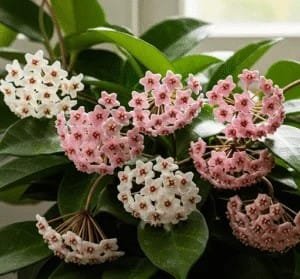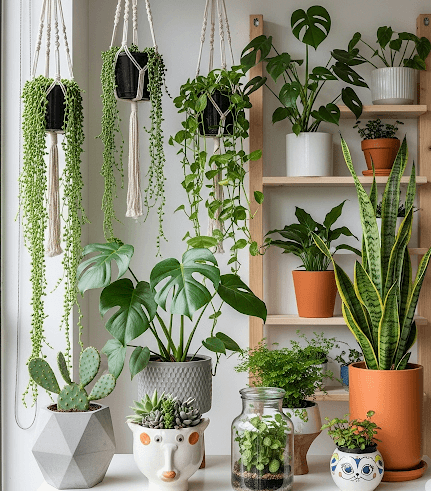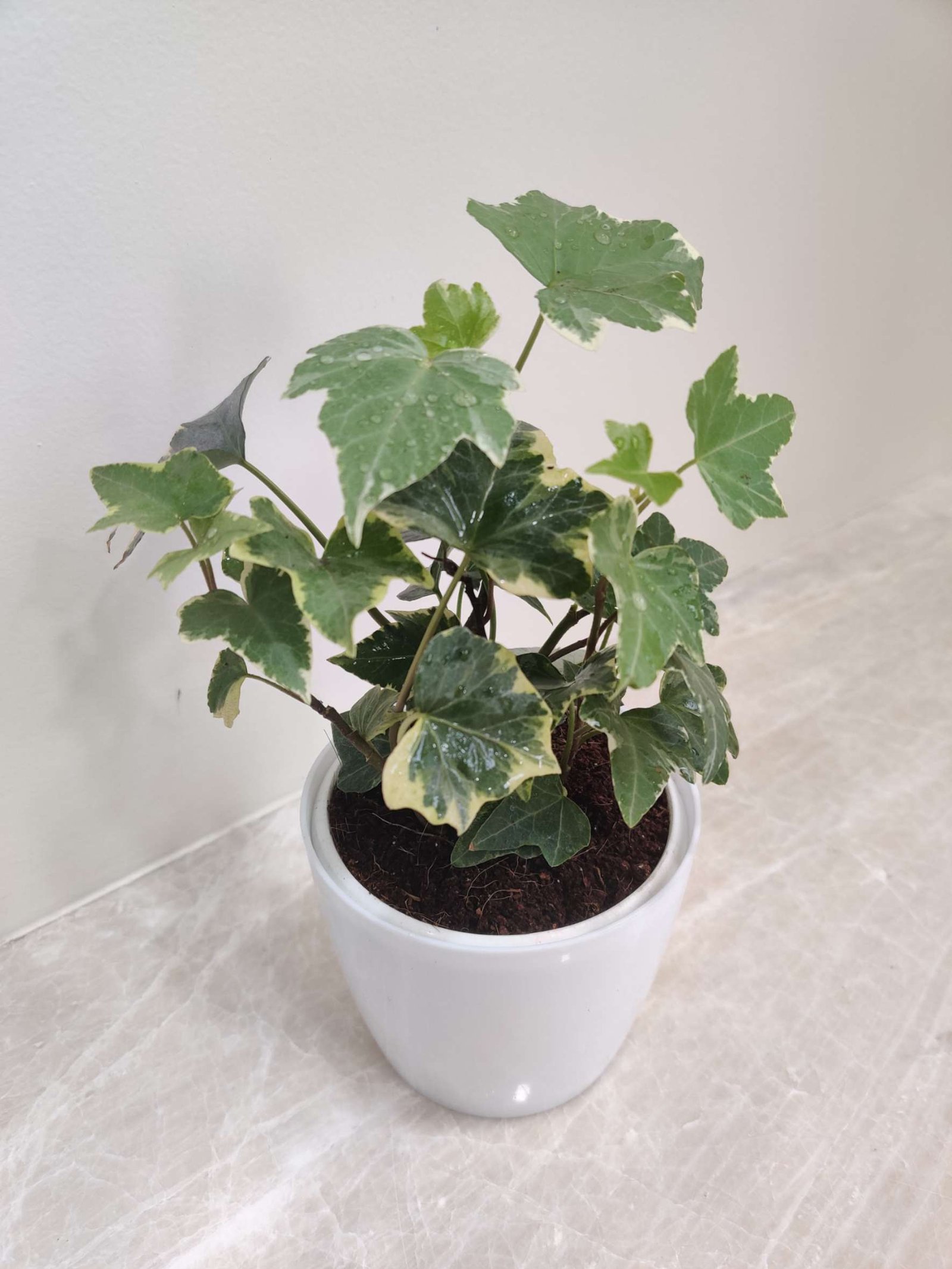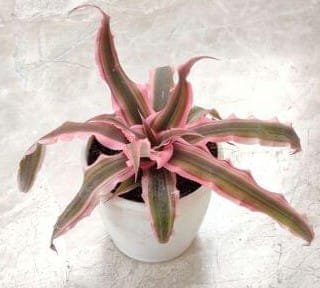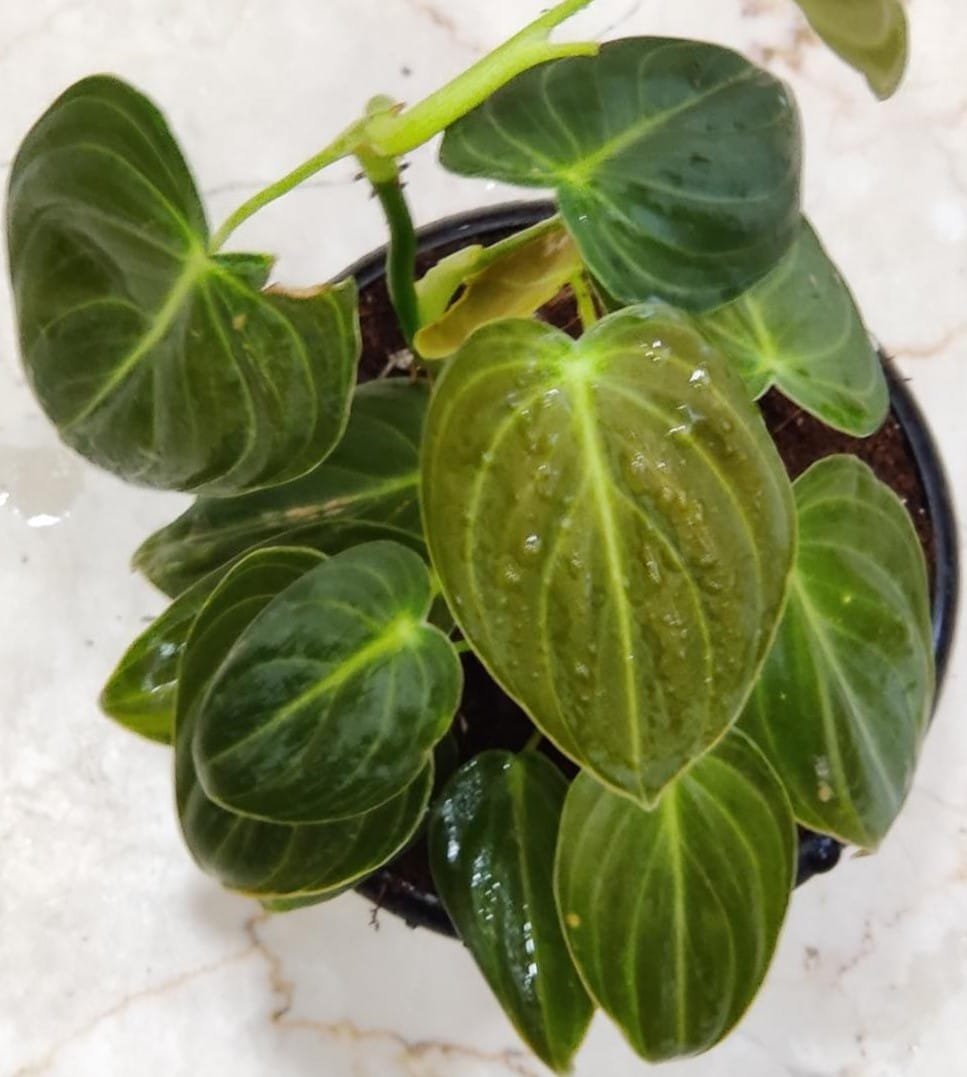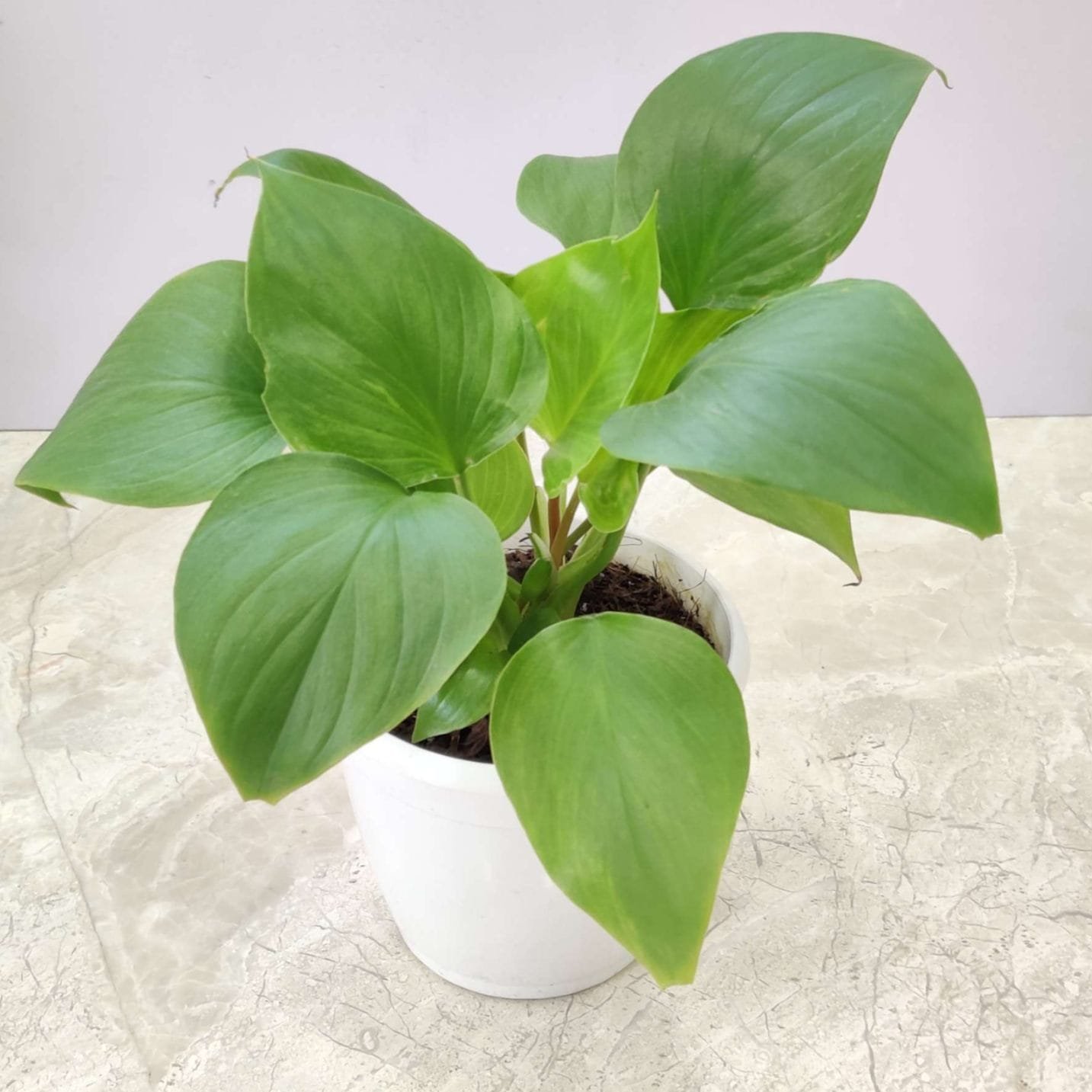Transforming Indoor Spaces: The Science Behind Indoor Plants as Natural Air Purifiers
The Problem of Indoor Air Pollution
Indoor air pollution has become a growing concern, especially in modern, energy-efficient buildings. These structures often prioritize insulation and minimal ventilation to reduce energy consumption, inadvertently trapping pollutants. Common sources of these pollutants include:
Off-gassing from synthetic building materials, furniture, and office equipment.
Human activities such as smoking, cooking, and cleaning.
Emissions from common products like paints, varnishes, and adhesives.
The resulting “sick building syndrome” is linked to a range of health problems, including headaches, respiratory issues, skin irritation, and fatigue. According to the World Health Organization, approximately 30% of new or remodeled buildings suffer from significant indoor air pollution.
How Do Plants Purify Air?
Plants improve indoor air quality through a combination of their leaves, roots, and associated microorganisms in the soil. Here’s how:
Absorption of Pollutants: Plants can absorb volatile organic compounds (VOCs) like benzene, formaldehyde, and trichloroethylene through their leaves and roots.
Microbial Action in Soil: Microorganisms in the soil break down harmful chemicals into less toxic substances, converting them into nutrients for the plant.
- Oxygen Production: Through photosynthesis, plants release oxygen, enhancing the overall air quality.
Key Findings from the Study
The NASA-ALCA study tested various houseplants for their ability to remove specific pollutants. Notable results include:
- Benzene Removal: Plants like English ivy and peace lilies showed an ability to reduce benzene levels by up to 89% in sealed environments.
- Formaldehyde Removal: Bamboo palms and spider plants excelled in removing formaldehyde, a common irritant found in household products.
- Trichloroethylene Reduction: The research found that golden pothos and dracaenas effectively reduced trichloroethylene levels, a pollutant commonly used in industrial solvents.
Best Plants for Air Purification
Here are some of the most effective plants identified in the study:
- Peace Lily (Spathiphyllum): Known for its ability to reduce benzene and formaldehyde levels.
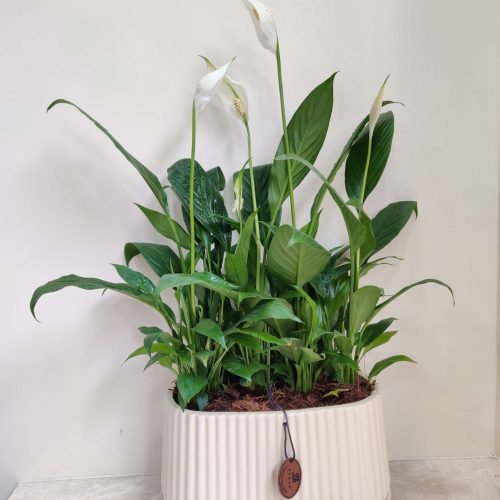
- English Ivy (Hedera helix): Highly effective in removing benzene.

Bamboo Palm (Chamaedorea seifritzii): A powerful formaldehyde filter.
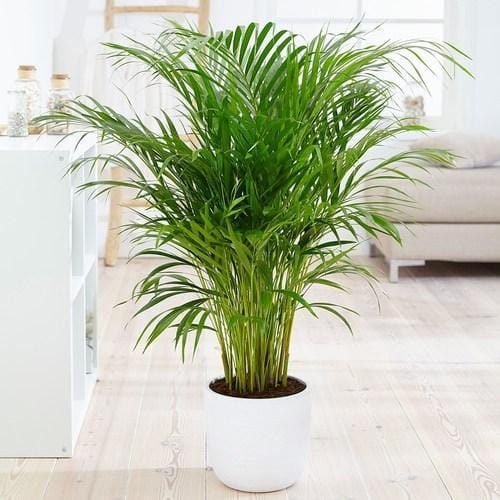
- Golden Pothos (Epipremnum aureum): A versatile plant for reducing multiple pollutants.

Enhancing Plant-Based Air Purification
To maximize the air-purifying benefits of plants:
- Increase Soil Exposure: Allow maximum contact between the soil and air for optimal pollutant breakdown.
- Use Activated Carbon Filters: Combining plants with activated carbon filters can enhance pollutant removal efficiency.
- Maintain Plant Health: Regular watering, fertilizing, and proper lighting are crucial for plant effectiveness.
Conclusion
NASA’s research underscores the importance of integrating nature into our indoor spaces. By strategically placing houseplants, we can create healthier environments, combat indoor air pollution, and enhance overall well-being. For those seeking a cost-effective and sustainable solution to indoor air quality, houseplants offer a promising approach rooted in science.
For a detailed exploration of the study and its methodologies, refer to the original NASA-ALCA report: Interior Landscape Plants for Indoor Air Pollution Abatement (1989).



